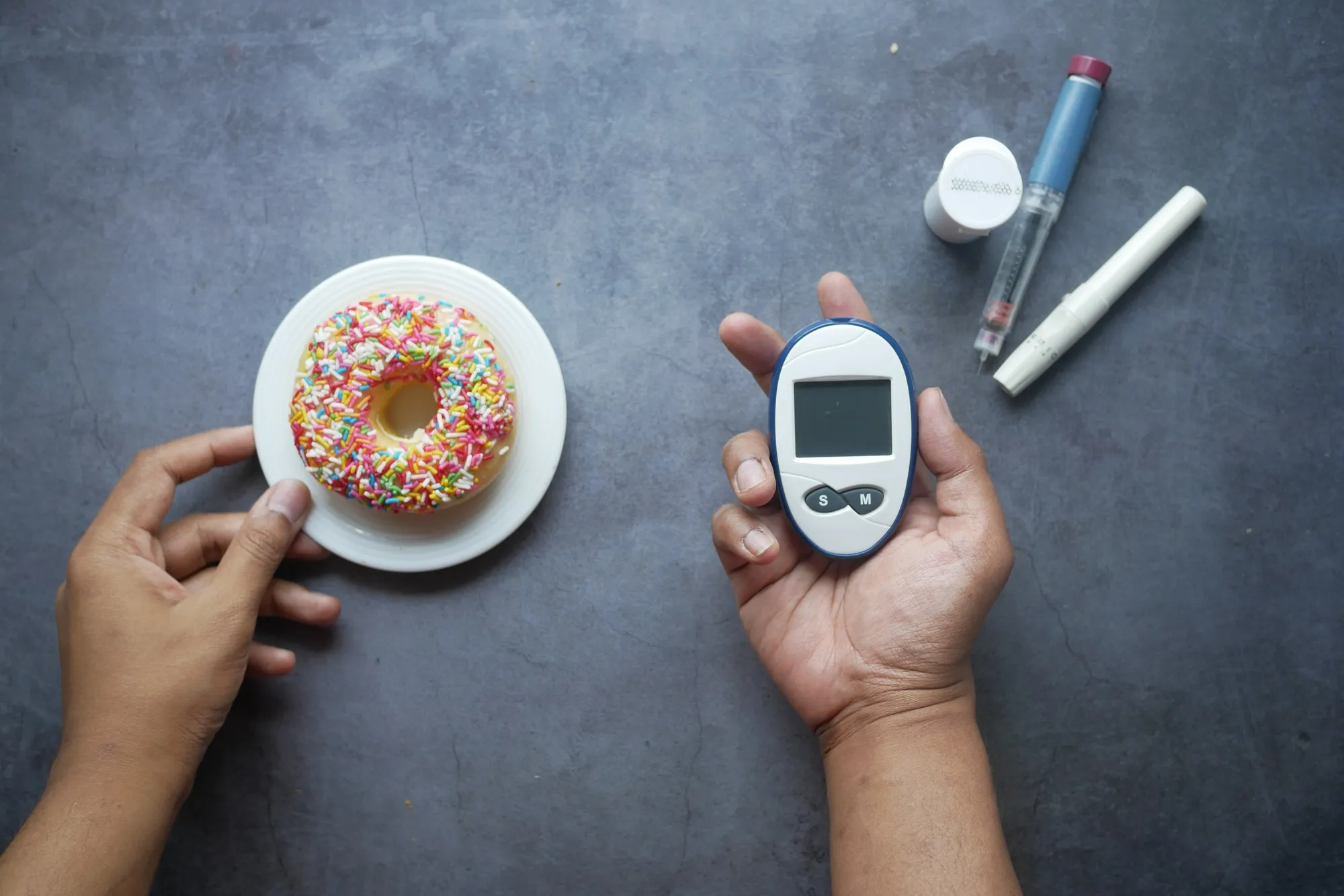In recent years, a new class of medication known as sodium-glucose co-transporter-2 inhibitors (SGLT2i) has proved beneficial for the management of type 2 diabetes. However, with the rise in their usage, a concerning adverse effect has been increasingly reported in the perioperative setting—diabetic ketoacidosis (DKA) with near-normal blood glucose concentrations, also known as euglycaemic diabetic ketoacidosis (EDKA). Findings from a systematic review, recently published in the British Journal of Anaesthesia, highlight the need for increased awareness and understanding of this potentially life-threatening condition to ensure optimal management of patients undergoing surgery who are treated with SGLT2i.
DOI: 10.1016/j.bja.2019.03.028
A comprehensive systematic review led by Thiruvenkatarajan Venkatesan, from the Department of Anaesthesia at The Queen Elizabeth Hospital in Adelaide, and his colleagues, delves into this issue. Published in the July 2019 issue of the British Journal of Anaesthesia, the review meticulously examines published reports of perioperative DKA associated with SGLT2i to better characterize its clinical presentation and elucidate the contributing factors and outcomes.
According to the study (DOI: 10.1016/j.bja.2019.03.028), the increasing incidence of EDKA is likely due to the widespread use of SGLT2i, such as canagliflozin, in diabetes management. The unique aspect of EDKA is its manifestation with blood glucose levels that are closer to normal, rather than the high levels typically expected in DKA. This unusual presentation can make diagnosis challenging, potentially leading to treatment delays and serious complications.
The review pooled data from 33 publications, citing a total of 42 reports of EDKA and five of hyperglycaemic diabetic ketoacidosis (HDKA). These spanned a range of surgical contexts, with a noteworthy number of cases following bariatric surgery, where very-low-calorie diets were a common precipitant. Time to presentation varied widely, from just hours to up to six weeks post-operation, complicating the predictability of EDKA’s onset.
Important findings from the review pointed out that no clear association could be established between the interruption of SGLT2i therapy and the occurrence of DKA. This suggests that the cessation of medication is not a reliable measure to prevent the complication. The implicated SGLT2i, canagliflozin, was mentioned in 26 reported cases. The review noted that patients might present with varying degrees of severity, with some requiring intensive interventions such as mechanical ventilation or acute kidney injury management. Despite the necessity for some patients to undergo diagnostic imaging to rule out other potential complications such as anastomotic leaks or pulmonary embolism, outcomes were generally positive—with all documented patients eventually recovering.
The findings from this systematic review are critical, as they highlight a gap in current clinical practices for perioperative diabetes management. The authors emphasize the importance of monitoring plasma or capillary ketones in the surgical setting to catch EDKA early. The review serves as a cornerstone for constructing better guidelines that can mitigate the risks associated with the perioperative use of SGLT2i.
References
Thiruvenkatarajan, V., Meyer, E. J., Nanjappa, N., Van Wijk, R. M., & Jesudason, D. (2019). Perioperative diabetic ketoacidosis associated with sodium-glucose co-transporter-2 inhibitors: a systematic review. British Journal of Anaesthesia, 123(1), 27-36. doi: 10.1016/j.bja.2019.03.028
For healthcare professionals, the review underscores the necessity of maintaining a high index of suspicion for EDKA when managing diabetic patients taking SGLT2 inhibitors around the time of surgery. Equally important is the educational outreach to patients on the risks these medications pose when significant physiological stress, like surgery or illness, is anticipated.
As the evidence base continues to grow, updates to perioperative diabetes protocols will likely be needed to optimize patient care and outcomes. Clinicians must stay abreast of the evolving understanding of SGLT2 inhibitors’ impact on perioperative diabetic management.
Keywords
1. Euglycaemic Diabetic Ketoacidosis
2. SGLT2 Inhibitors
3. Perioperative Complications
4. Diabetic Ketoacidosis
5. Type 2 Diabetes Management
In conclusion, this systematic review by Venkatesan et al. is an invaluable resource for the medical community, shedding light on the complex association between SGLT2 inhibitors and the risk of perioperative diabetic ketoacidosis—especially the under-recognized euglycaemic form. As the prevalence of type 2 diabetes continues to rise globally, and with SGLT2 inhibitors becoming an increasingly popular therapeutic choice, it is paramount for perioperative care teams to integrate this knowledge into their practice to safeguard patient health and improve surgical outcomes. This study not only offers critical insights for immediate clinical application but also sets the stage for future research that could lead to the refinement of diabetic care protocols in surgical settings.
